 W
WMagnus "Mac" Freiherr von Braun was a German chemical engineer, Luftwaffe aviator, rocket scientist and business executive. In his 20s he worked as a rocket scientist at Peenemünde and the Mittelwerk.
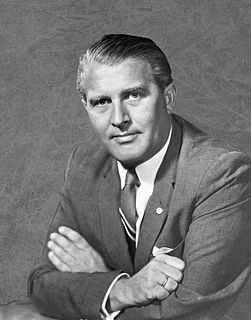 W
WWernher Magnus Maximilian Freiherr von Braun was a German-born American aerospace engineer and space architect. He was the leading figure in the development of rocket technology in Nazi Germany and a pioneer of rocket and space technology in the United States.
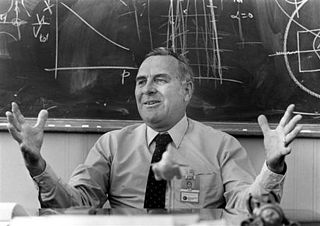 W
WWerner Karl Dahm was an early spaceflight scientist of the Peenemünde Future Projects Office who emigrated to the US under Operation Paperclip and was the Marshall Space Flight Center Chief Aerodynamicist.
 W
WKonrad Dannenberg was a German-American rocket pioneer and member of the German rocket team brought to the United States after World War II.
 W
WKurt Heinrich Debus was a German-born American rocket engineer and former Schutzstaffel member, the first director of NASA's Launch Operations Center.
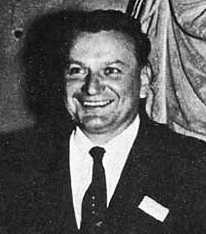 W
WKrafft Arnold Ehricke was a German rocket-propulsion engineer and advocate for space colonization.
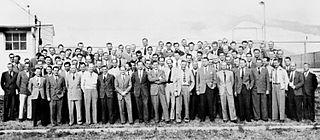 W
WHans Joachim Oskar Fichtner was a rocket scientist who worked on V-2 rockets for Wernher von Braun at Peenemünde from 1939 to 1945. He was among the scientists to surrender and travel to the United States to provide rocketry expertise via Operation Paperclip which took them first to Fort Bliss, Texas (1945–1949). He continued his work with the team when they moved to Redstone Arsenal, and he joined Marshall Space Flight Center to work for NASA.
 W
WDieter Grau was a German-born American aerospace engineer and member of the "von Braun rocket group", at Peenemünde (1939–1945) working on the V-2 rockets in World War II. He was among the engineers who surrendered to the United States and traveled there, providing rocketry expertise via Operation Paperclip, which took them first to Fort Bliss, Texas. Grau was sent by the U.S. Army to White Sands in 1946 to work on the assemblage and testing of the V-2. His wife joined him there in 1947. While von Braun was on standby at Fort Bliss, Grau and other German aerospace engineers busily launched V-2s for U.S. scientists to analyze. A total of 67 V-2s were launched at White Sands.
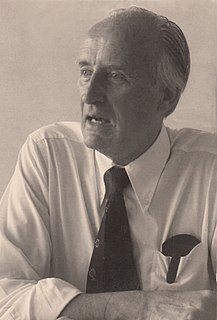 W
WHelmut Gröttrup was a German engineer, rocket scientist and inventor of the smart card. During World War II, he worked in the German V-2 rocket program under Wernher von Braun. From 1946 to 1953 he headed a group of 170 German scientists who were forced to work for the Soviet rocketry program under Sergei Korolev. After returning to West Germany in December 1953, he developed data processing systems and contributed to early commercial applications of computer science. In 1967 Gröttrup invented the basic principles of the smart card as a forgery-proof "key" for secure identification and access control.
 W
WWalter Haeussermann was a German-American aerospace engineer and member of the "von Braun rocket group", both at Peenemünde and later at Marshall Space Flight Center, where he was the director of the guidance and control laboratory. He was awarded the Department of the Army Decoration for Exceptional Civilian Service in 1959 for his contributions to the US rocket program.
 W
WOscar Carl Holderer was an engineer who worked for Nazi Germany during World War II before coming to the United States and working in the Apollo space program.
 W
WHans Hermann Hüter was a German-Swiss rocket engineer.
 W
WWalter Jacobi was a rocket scientist and member of the "von Braun rocket group", at Peenemünde (1939–1945) working on the V-2 rockets in World War II.
 W
WOswald Hermann Lange was a German-American aerospace engineer and member of the "von Braun rocket group". He contributed to early military aerospace projects, including the V-2 and Wasserfall, and eventually became project director of Saturn V.
 W
WWilly Otto Oskar Ley was a German-American science writer and proponent of cryptozoology. The crater Ley on the far side of the Moon is named in his honor.
 W
WWilliam "Willi" Mrazek was a German-American loads engineer and member of the "von Braun rocket group." Mrazek worked first at Peenemünde Army Research Center and later, through Operation Paperclip, at Fort Bliss and the Marshall Space Flight Center, where he was involved with the development of the Saturn V rocket.
 W
WRudolf Nebel was a spaceflight advocate active in Germany's amateur rocket group, the Verein für Raumschiffahrt in the 1930s and in rebuilding German rocketry following World War II.
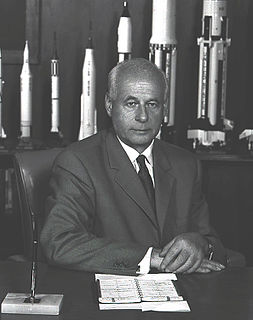 W
WEberhard Friedrich Michael Rees was a German-American rocketry pioneer and the second director of NASA's Marshall Space Flight Center.
 W
WKlaus Riedel was a German rocket pioneer. He was involved in many early liquid-fuelled rocket experiments, and eventually worked on the V-2 missile programme at Peenemünde Army Research Center.
 W
WArthur Louis Hugo Rudolph was a German rocket engineer who was a leader of the effort to develop the V-2 rocket for Nazi Germany. After World War II, the United States Government's Office of Strategic Services (OSS) brought him to the U.S. as part of the clandestine Operation Paperclip, where he became one of the main developers of the U.S. space program. He worked within the U.S. Army and NASA, where he managed the development of several systems, including the Pershing missile and the Saturn V Moon rocket. In 1984, the U.S. Government investigated him for war crimes, and he agreed to renounce his United States citizenship and leave the U.S. in return for not being prosecuted.
 W
WErnst August Wilhelm Steinhoff was a rocket scientist and member of the "von Braun rocket group", at the Peenemünde Army Research Center (1939–1945). Ernst Steinhoff saw National Socialist (Nazi) doctrines as "ideals" and became a member of the NSDAP in May 1937. He was a glider pilot, holding distance records, and had the honorary Luftwaffe rank of "Flight Captain".
 W
WErnst Stuhlinger was a German-American atomic, electrical, and rocket scientist. After being brought to the United States as part of Operation Paperclip, he developed guidance systems with Wernher von Braun's team for the US Army, and later was a scientist with NASA. He was also instrumental in the development of the ion engine for long-endurance space flight, and a wide variety of scientific experiments.
 W
WAdolf Thiel was an Austrian-born German expert in guided missiles during World War II, and later worked for the United States Army and TRW.
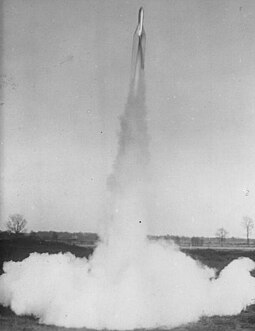 W
WReinhold Tiling was a German engineer, pilot and a rocket pioneer.
 W
WHellmuth Walter was a German engineer who pioneered research into rocket engines and gas turbines. His most noteworthy contributions were rocket motors for the Messerschmitt Me 163 and Bachem Ba 349 interceptor aircraft, so-called Starthilfe jettisonable rocket propulsion units used for a variety of Luftwaffe aircraft during World War II, and a revolutionary new propulsion system for submarines known as air-independent propulsion (AIP).
 W
WJohannes Winkler was a German rocket pioneer who founded the first German rocket society and launched the first successful liquid-fuelled rocket in Europe.